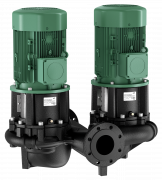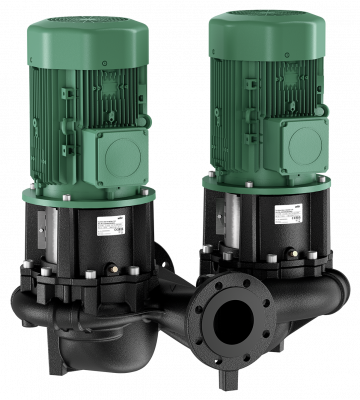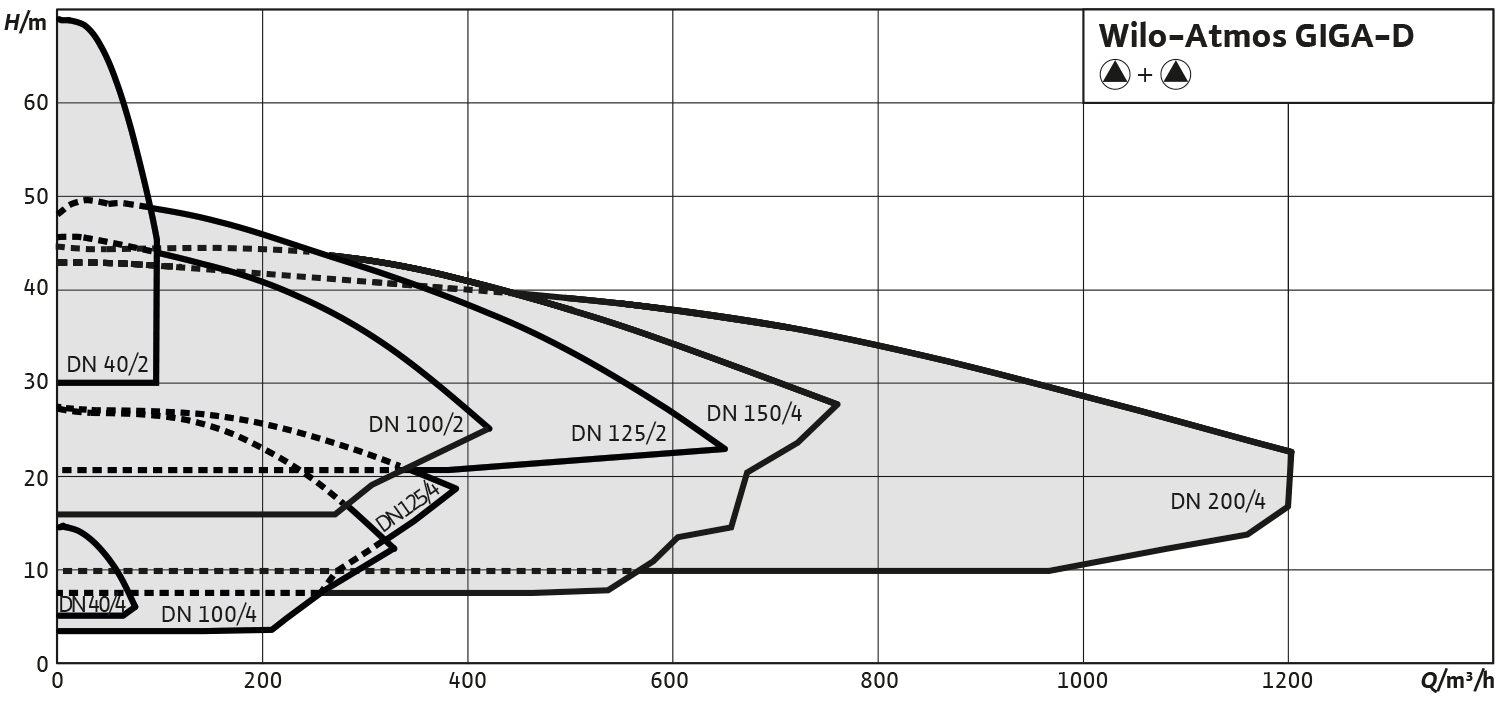This website uses cookies
We use device identifiers and cookies to tailor the content and ads to users, provide social media features and analyze our traffic. We also forward such
identifiers and other information from your device to the social media and advertising and analytics companies we
cooperates with. These in turn may combine the information with other information you have provided
or that they have collected when you have used their services.
Read more about how to turn off all cookies here!
Cookies are small text files that can be used by websites to make a user's experience more efficient.
The law states that we may store cookies on your device if they are absolutely necessary to use this website. For all other purposes, your consent is required.
This website uses different types of cookies. Some cookies are placed by third-party services that appear on our pages.
You can change or withdraw your consent to the cookie statement on our website.
Strictly necessary - always active
Necessary cookies allow you to use the website by enabling basic functions, such as page navigation and access to secure areas of the website. The website will not function properly without these cookies.
pl_cookie_consent_v2 / pl_cookie_consent
Indicates consent for cookies.
XSRF-TOKEN
Ensures visitor browsing-security by preventing cross-site request forgery. This cookie is essential for the security of the website and visitor.
pumplotsen_session
Session cookies are cookies that last for a session. A session starts when you launch a website or web app and ends when you leave the website or close your browser window. Session cookies contain information that is stored in a temporary memory location which is deleted after the session ends. Unlike other cookies, session cookies are never stored on your device. Therefore, they are also known as transient cookies, non-persistent cookies, or temporary cookies.
Statistics
Statistics cookies, also known as analytics cookies, are used to gather information about how visitors interact with a website.
_pk_ref
Tracks the referrer website or marketing campaign that brought the visitor to the website.
_pk_cvar
Stores custom variables created by the website owner to track specific visitor information.
_pk_id
Assigns a unique identifier to each visitor to track their visits and actions on the website.
_pk_ses
Records data about the visitor's session, such as the pages viewed and duration of the session.
_pk_hsr
Helps track and analyze how visitors navigate through the website, including mouse movements and clicks.
Other
We currently do not use other, uncategorized cookies.







